by Eric J. Weiner
There is never time in the future in which we will work out our salvation. The challenge is in the moment; the time is always now. —James Baldwin
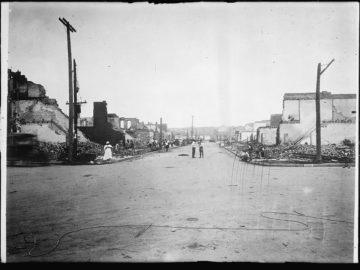
Before the pomp and circumstance of Joe Biden and Kamala Harris’s inauguration officially framed the white supremacist insurrection at the Capitol on January 6 an outlier of U.S. history, an affront to American Exceptionalism, and a brief pause in the Nation’s moral progress, there was a lot of talk about the “big lie” that precipitated it. I expect, with the impeachment trial scheduled to begin next week, that we will again hear quite a bit about the “big lie” and its power to change water into wine. Historically, the big lie, lobbed in concert with many smaller lies, is the one that tips the scale of reason, fuels delusional thinking, and provides the foundation for all kinds of violence and hate. Hitler knew it when he perpetuated the big lie about Jews running a global cabal. And Trump knew it when he repeatedly told the big lie about a rigged and stolen election. Timothy Snyder, the Levin Professor of History at Yale University and author of On Tyranny (2017) says, “There are lies that, if you believe in them, rearrange everything…a big lie is a lie which is big enough that it tears the fabric of reality.” When enough people believe in the big lie, and their beliefs have time to ferment and spread, the big lie becomes a spectacle.
“The spectacle,” as Guy Deborg explained, “is not a collection of images, but a social relation among people, mediated by images… It is a world vision which has become objectified.” Right-wing corporate media and social media platforms, during the past five years, have helped to construct and disseminate the spectacle of the big lie, turning facts into a matter of perspective and words/images into weapons of mass delusion. From the ashes of “the real” arise the rational irrationality of relativistic thinking. The Trumpist cult of mass delusion, aided and abetted by corporate and social media, is unified by the spectacle of the big lie while becoming an integral part of it. But however dangerous the spectacle of the big lie is to democracy, it is not the most pernicious and dangerous lie in America. In fact, Trump’s big lie could not have become the spectacle it did had a bigger lie not preceded it. Read more »

 White Americans get a lot of things wrong about race. And not just the relatively small number of blatant white supremacists, or the many millions (
White Americans get a lot of things wrong about race. And not just the relatively small number of blatant white supremacists, or the many millions (


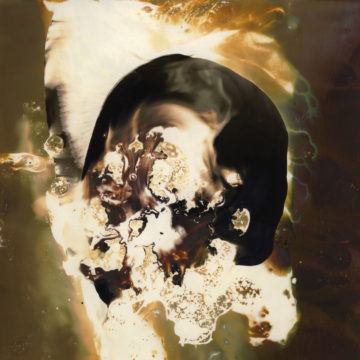 Not long ago, a reader complained, politely but firmly, about your humble author’s regrettable tendency to post something called “Blah blah blah pt. 1” and then never get back to it for part two, in particular the post about history, wondering if possibly I thought no one would notice that I had left it hanging. I admit the fault, but I assure my patient reader, or possibly readers, that I do indeed intend to finish each and every one of my multipart posts, and even to make clear how they are related to each other. (That’s the intent, anyway.) So fear not! (I do have to read some more history though … !) This time, though, I finish a different sort of multipart post: my end-of-2020 podcast. Plenty of unfamiliar names, even to me, but some great stuff! As always, widget and/or link below.
Not long ago, a reader complained, politely but firmly, about your humble author’s regrettable tendency to post something called “Blah blah blah pt. 1” and then never get back to it for part two, in particular the post about history, wondering if possibly I thought no one would notice that I had left it hanging. I admit the fault, but I assure my patient reader, or possibly readers, that I do indeed intend to finish each and every one of my multipart posts, and even to make clear how they are related to each other. (That’s the intent, anyway.) So fear not! (I do have to read some more history though … !) This time, though, I finish a different sort of multipart post: my end-of-2020 podcast. Plenty of unfamiliar names, even to me, but some great stuff! As always, widget and/or link below. Do you have a right to own a microwave oven? To be clear, ideally in a free society, absent a clear showing of harm to others, there’s a presumption that you can do whatever you want and own whatever you can make or buy. So, you do have a basic right to own things – to acquire property, as political philosophers like to say. But it’s consistent with that right for there to be a lot of rules and regulations around what you can own – and even prohibitions on owning certain kinds of things.
Do you have a right to own a microwave oven? To be clear, ideally in a free society, absent a clear showing of harm to others, there’s a presumption that you can do whatever you want and own whatever you can make or buy. So, you do have a basic right to own things – to acquire property, as political philosophers like to say. But it’s consistent with that right for there to be a lot of rules and regulations around what you can own – and even prohibitions on owning certain kinds of things.
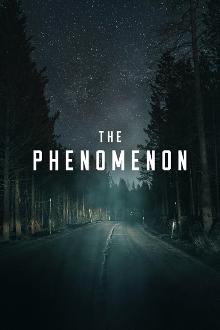
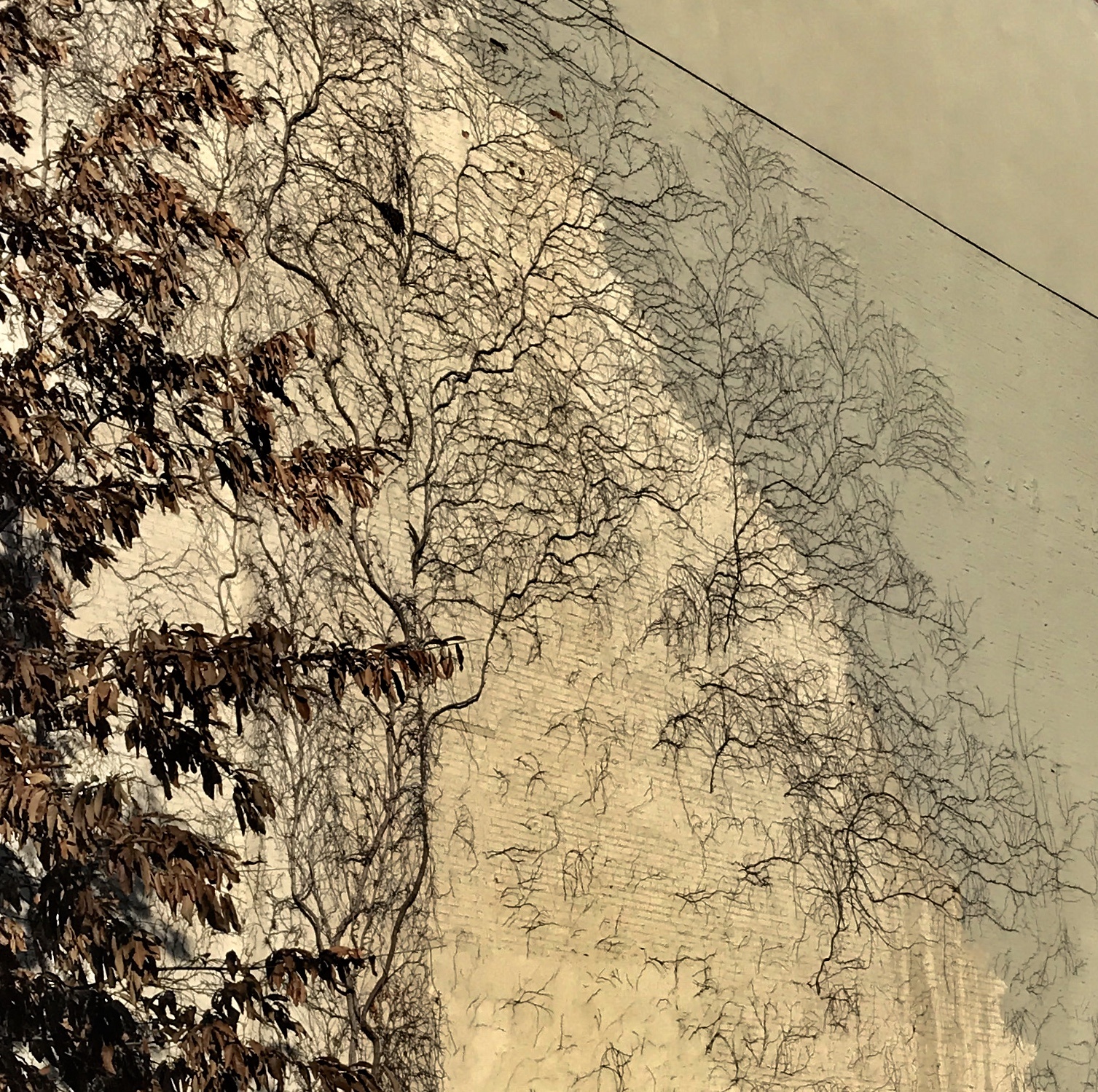

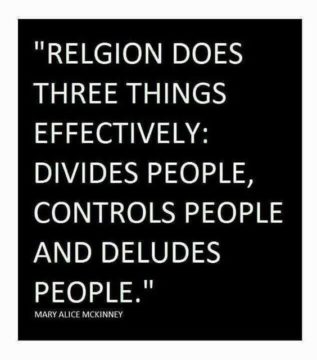 For those of us who classify ourselves as Nones—
For those of us who classify ourselves as Nones—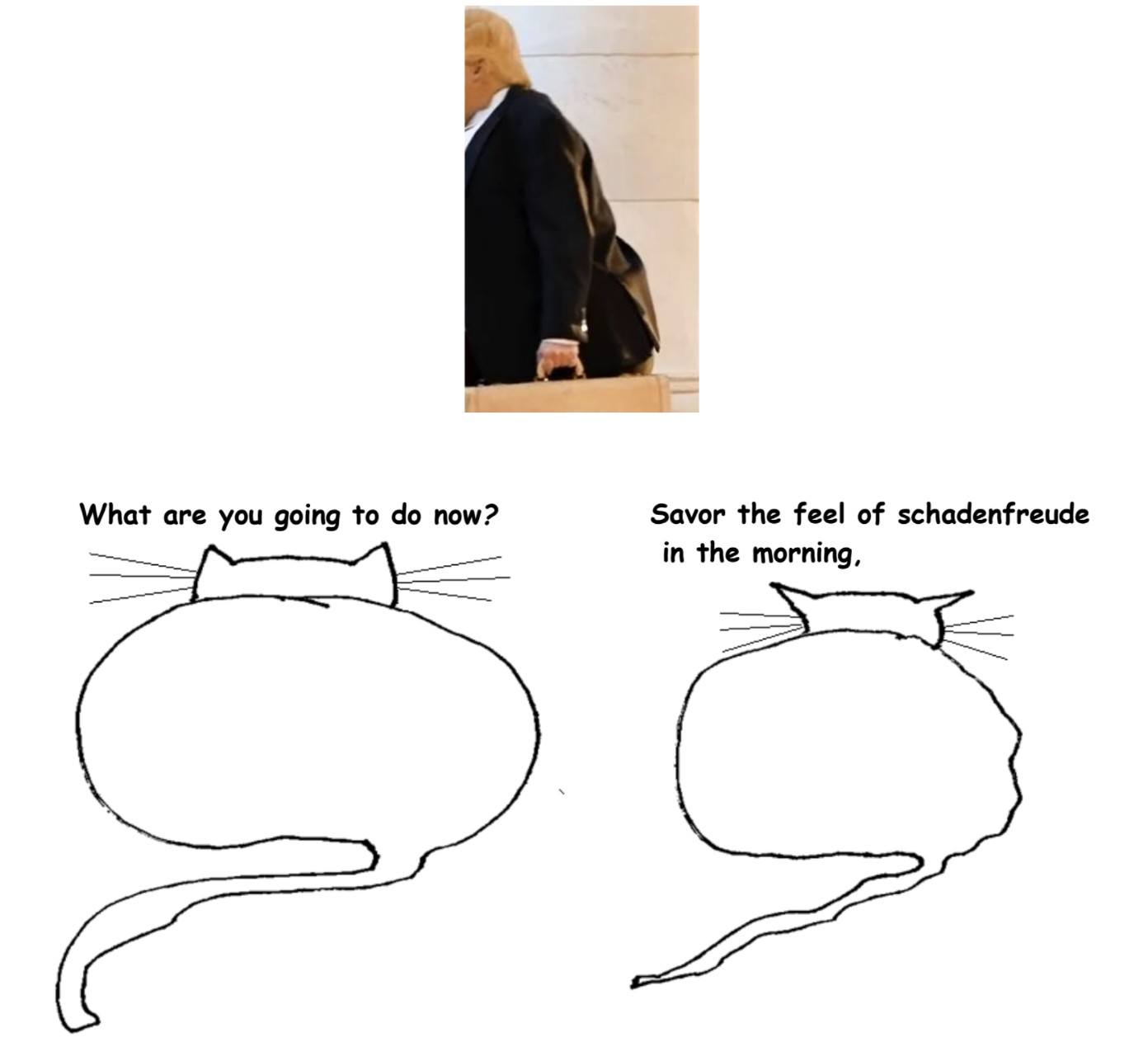
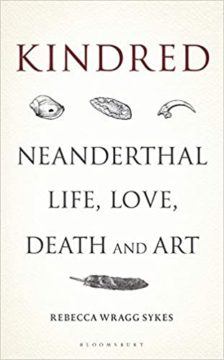 The presence of covid-19 running amok amongst us has momentarily disrupted the perimeters of our lives. That two, three, or possibly four generations are not always able to gather together under one roof has given rise to greater appreciation of the family.
The presence of covid-19 running amok amongst us has momentarily disrupted the perimeters of our lives. That two, three, or possibly four generations are not always able to gather together under one roof has given rise to greater appreciation of the family.
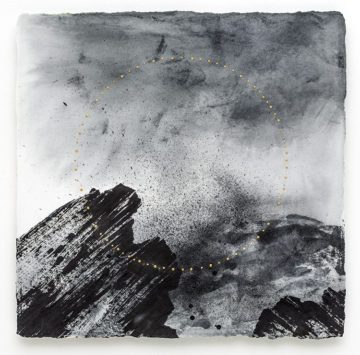 1. “A more perfect union.” The Founders expressed a breezy confidence, didn’t they? As if such a thing were possible – the distant states cohered into a nation; the various occupants working it all out. Loyal. Collaborative. Taking part in the common welfare. While remaining, of course, individual and autonomous and free, free, free. (Certain restrictions applied.)
1. “A more perfect union.” The Founders expressed a breezy confidence, didn’t they? As if such a thing were possible – the distant states cohered into a nation; the various occupants working it all out. Loyal. Collaborative. Taking part in the common welfare. While remaining, of course, individual and autonomous and free, free, free. (Certain restrictions applied.)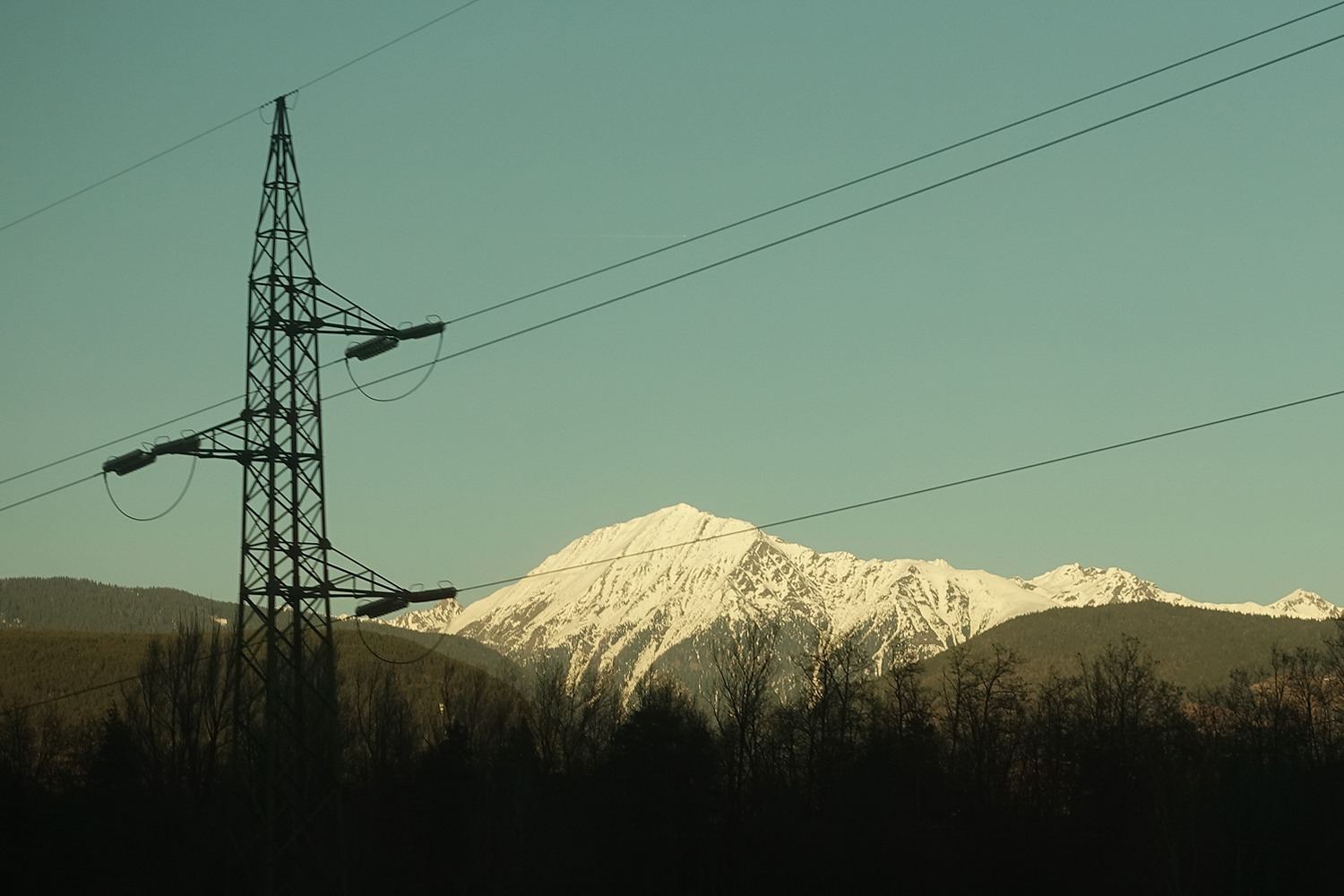

 Two series have been streaming recently, to considerable success – The Queen’s Gambit (a Netflix miniseries, now concluded) and Succession (HBO, two series so far and more planned). They are interesting for a number of reasons – both for what they show, and perhaps more for what they do not, possibly cannot, show. So let’s consider some of the things we see and don’t see. I’m not going to recount the plot of either of them, as you can get that from Wikipedia and plenty of other places. But: spoiler alert: some will be divulged. Let’s look first at The Queen’s Gambit.
Two series have been streaming recently, to considerable success – The Queen’s Gambit (a Netflix miniseries, now concluded) and Succession (HBO, two series so far and more planned). They are interesting for a number of reasons – both for what they show, and perhaps more for what they do not, possibly cannot, show. So let’s consider some of the things we see and don’t see. I’m not going to recount the plot of either of them, as you can get that from Wikipedia and plenty of other places. But: spoiler alert: some will be divulged. Let’s look first at The Queen’s Gambit.